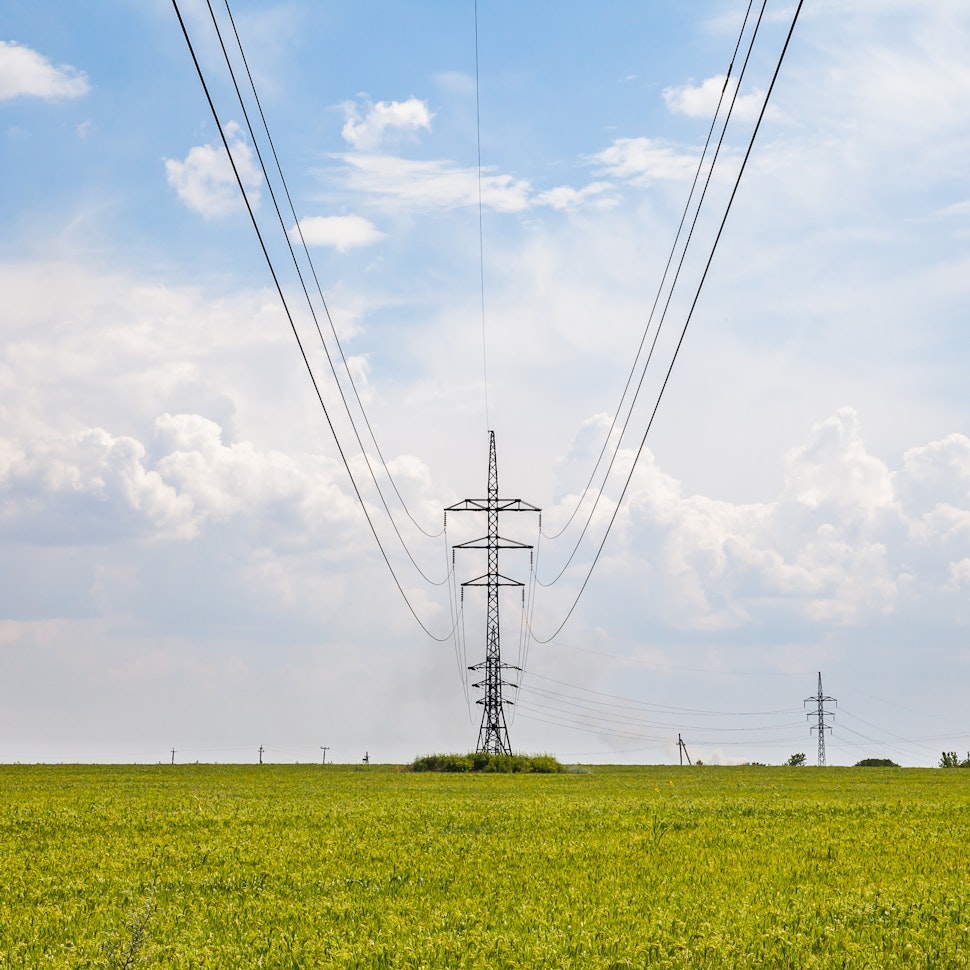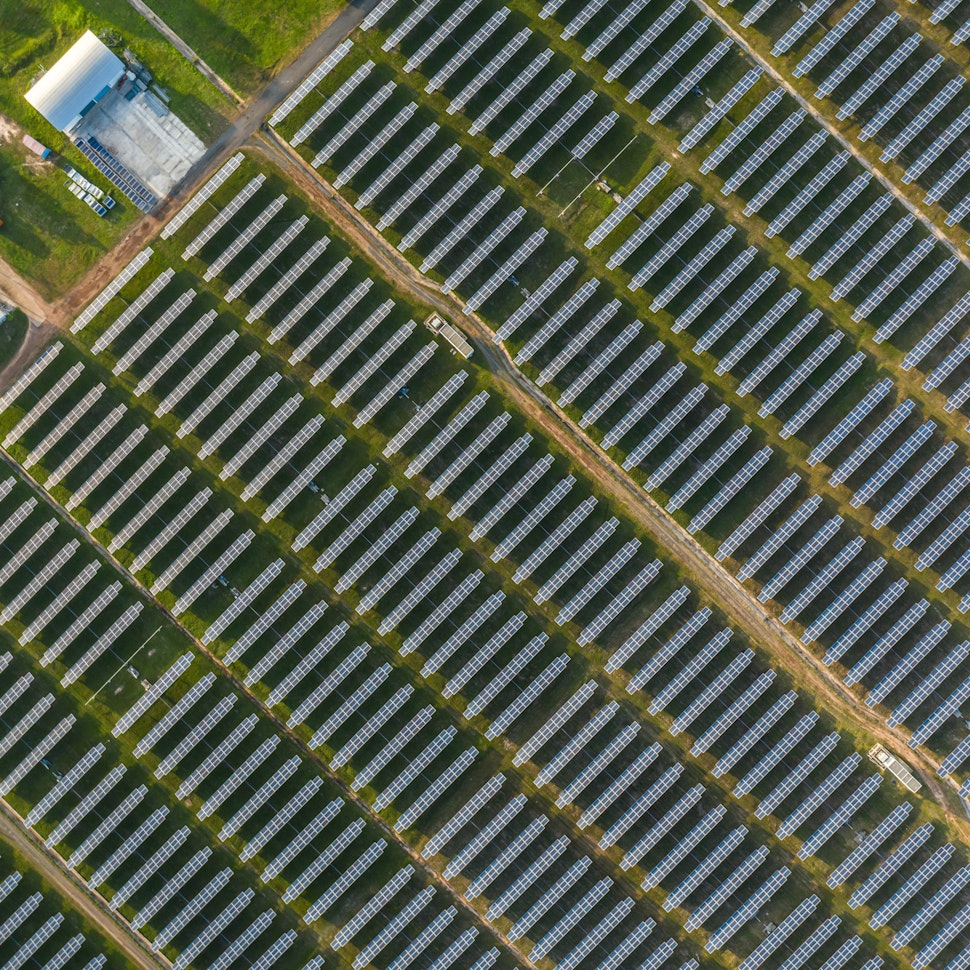- Solar energy blog
- What are the four key drivers of India’s solar growth?
What are the four key drivers of India’s solar growth?
India now ranks fifth in the world for solar power development thanks to strategic initiatives, innovative schemes, and effective government policies. Read on to discover what is driving this.


Like many countries around the world, India’s solar capacity is on the rise. In fact, the nation’s strategic focus on this area has gone so well that India now ranks fifth in the world for solar power development.
The heart of this transformation lies in India’s National Solar Mission (NSM), launched in January 2010. The NSM was conceived with the dual objectives of promoting ecological sustainability and addressing India’s energy security challenges. As part of these goals, NSM aims to create favorable policy conditions to position India as a global leader in the diffusion of solar technology.
The national mission aligns perfectly with India’s Nationally Determined Contributions (NDC) targets of achieving approximately half of its electric power capacity installed from renewables and reducing GDP emission intensity by 45% between 2005 and 2030.

Recent data indicates that these efforts are bearing fruit. As of June 2023, India has an impressive installed solar capacity of around 70.10 gigawatts (GW). The trajectory of the country’s solar industry looks excellent, and much of it can be attributed to four key areas.
The four keys to India's solar growth
The Indian government has done a good job of promoting solar power and introducing schemes to incentivize its use. Making the most of wasteland has also been significant, with these four areas collectively having a big say in India’s solar growth.
1. Wasteland covered by solar PV modules
Given India’s enormous population, a lot of waste is produced, but according to the National Institute of Solar Energy (NISE), this can be used to the country’s benefit. NISE estimates that if just 3% of India’s wasteland area were covered with solar PV modules, this would be enough to harness about 748 GW of solar power.
Another factor supporting this idea is the vast amount of sunlight that India receives. Each year, 5,000 trillion kilowatt-hours (kWh) of energy shines down on India, with most parts receiving between 4 and 7 kWh per square meter daily. That is a significant amount of untapped power.
2. Schemes to encourage solar power generation
Solar Park Scheme
One of the most prominent schemes introduced by the Indian government is the Solar Park Scheme. Almost ten years old now, the initiative aimed to speed up the process of establishing solar power projects by developers. The idea was to create large solar park areas with shared infrastructure facilities, including roads, water supply, drainage systems, and communication networks.
The initial goal was for 25 solar parks to be created by the end of 2019 with a combined installed capacity of 20,000 megawatts (MW). As of March 2017, things were going so well that this figure was doubled to 40,000 MW, with the expansion set to continue until 2026.
PLI Scheme
The Production Linked Incentive (PLI) Scheme was introduced in 2021 to enhance the effectiveness of the Solar Park Scheme. This scheme focuses on producing high-efficiency PV modules in India, thus reducing import dependence by incentivizing local manufacturers to ramp up production.
As a secondary objective, the scheme also aims to promote integrated plants to improve quality controls and competitiveness while generating more employment opportunities in the sector.
CPSU Scheme
Another scheme that has benefited India’s solar sector is the Central Public Sector Undertaking (CPSU) Scheme, which was approved in 2019. This scheme was created to establish grid-connected solar PV projects with involvement from both central and State PSUs and other government organizations.
One key feature of the CPSU Scheme is the Domestic Content Requirement (DCR), which mandates the use of domestically manufactured solar PV cells and modules. To date, around 8.2 GW of capacity has been sanctioned under the initiative.

3. Solar power promotion
Outside of specific schemes, the Indian government has also implemented a number of rules that have benefited the solar sector. These include the exemption of inter-state solar and wind power charges for projects commissioned before June 2025 and allowing up to 100% Foreign Direct Investment under the country’s automatic route.
Additionally, a project development cell was introduced to attract and facilitate investment into the sector, including the introduction of Standard Bidding Guidelines to help streamline the procurement process. Around the same time, late payment surcharges were introduced to bring more financial stability to investors and the overall market.
4. BESS as an enabler
BESS is a key enabler for achieving energy transition goals. As of March 2024, India's Battery Energy Storage System (BESS) capacity totals 219.1 MWh, with PV and BESS comprising 90.6% of the installed capacity. BSES Rajdhani Power Ltd has launched India's first standalone utility-scale BESS project, a 20 MW/40 MWh system, with regulatory approval under the Electricity Act, 2003.
This project, funded by the Global Energy Alliance for People and Planet (GEAPP), sets a precedent for future BESS projects. GEAPP aims for 1 GW of BESS commitments in India by 2026, supporting the country’s goal of 47 GW by 2032. With variable renewable energy exceeding 12% in some regions, India has issued tenders for 57 GW and auctioned 11.5 GW of energy storage projects.
The challenges of India's solar growth
Even though India’s solar growth has been impressive to date, there are still challenges that must be addressed. Despite protective measures like the Land Acquisition Act 2013, there is criticism of how the government acquires rural households’ land to turn it into solar parks. Without this land, these households have no assets, income, or useful skills, leaving them marginalized.
There has also been criticism about how policy planning around renewable energy can often neglect environmental impacts on regional biodiversity, especially the water requirements at large-scale PV installations. The recent exemption provided to solar farms under the Environmental Impact Assessment in 2020 has further complicated matters as it allows potential ecological ramifications to be overlooked during project assessments.
To effectively address this gap between policy intent and implementation realities, India needs more stringent regulations and clear-cut policies around socio-ecological protection and renewable energy development. These policies should be designed with participation from local communities as they are the ones who are directly impacted.
Key takeaways
Overall, India’s solar growth is a remarkable success story, driven by strategic initiatives like the National Solar Mission, innovative schemes like the Solar Park Scheme and PLI Scheme, and effective government policies.
These efforts have propelled India to the fifth spot in the world for solar power development, with over 70 GW of installed capacity, but some challenges still remain. For an in-depth look at India’s green energy journey and future prospects, download the State of Green: India eBook to learn more.
Latest stories
Related posts
Market analysis
23 renewable energy events to look out for in 2026
Discover the top renewable energy events in 2026, dates, details, and insights for solar, storage, hydrogen, and clean energy professionals worldwide.
Updated 13 JAN, 26

Market analysis
Power where it’s needed: Solving LatAm’s grid instability with distributed solar and storage
Find out how a bottom-up approach is solving LatAm’s grid instability, with community-led solar and storage projects giving people control over their energy.
Updated 29 DEC, 25

Market analysis
Powering through the peak: Why solar + storage is gaining momentum in MENAT
Discover how MENAT is building a functioning solar economy and why rising peak demand during extreme heat is squeezing its energy architecture.
Updated 11 DEC, 25


- RatedPower
- Solar energy blog
- What are the four key drivers of India’s solar growth?
 Watch a demo
Watch a demo Ask our AI Product Expert
Ask our AI Product Expert
